Five Essential Insights from Arthur Breitman's Coinshares Interview
Real Talk on Governance, Scaling, and Building Beyond the Hype.
5 minute read
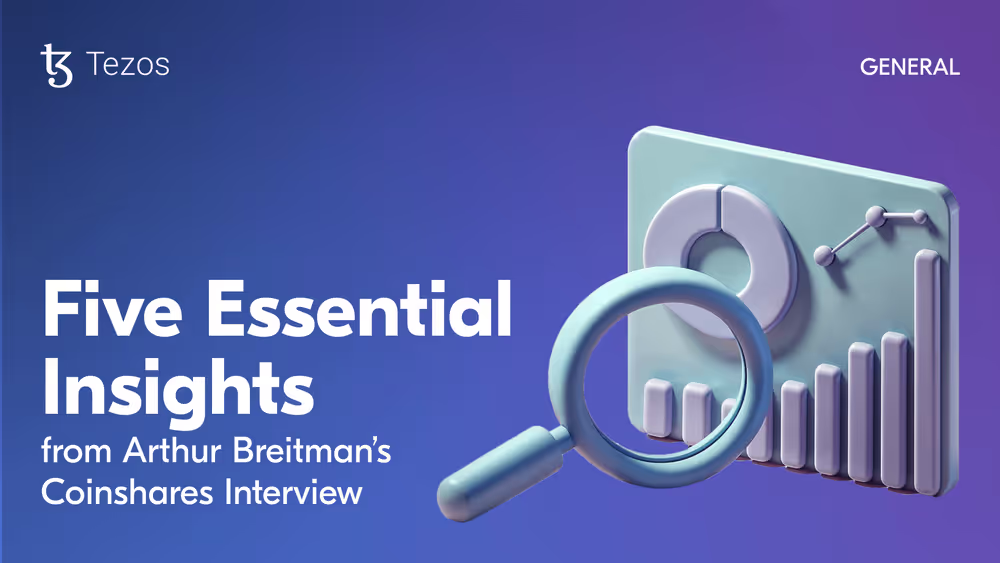
When it comes to blockchain, Arthur Breitman doesn’t just talk the talk, he’s been quietly building the future since 2014. In a new interview with Coinshares, Arthur opened up about where Tezos stands today, what sets it apart, and how he sees the broader crypto world. It’s not just technical stuff either, it’s a glimpse into how thoughtful strategy (and a bit of stubbornness) can outlast the noise.
Here’s a breakdown of my five biggest takeaways from the interview, and why they matter more than ever.
1. Real Governance Isn’t Just a Buzzword (Tezos Proves It) #
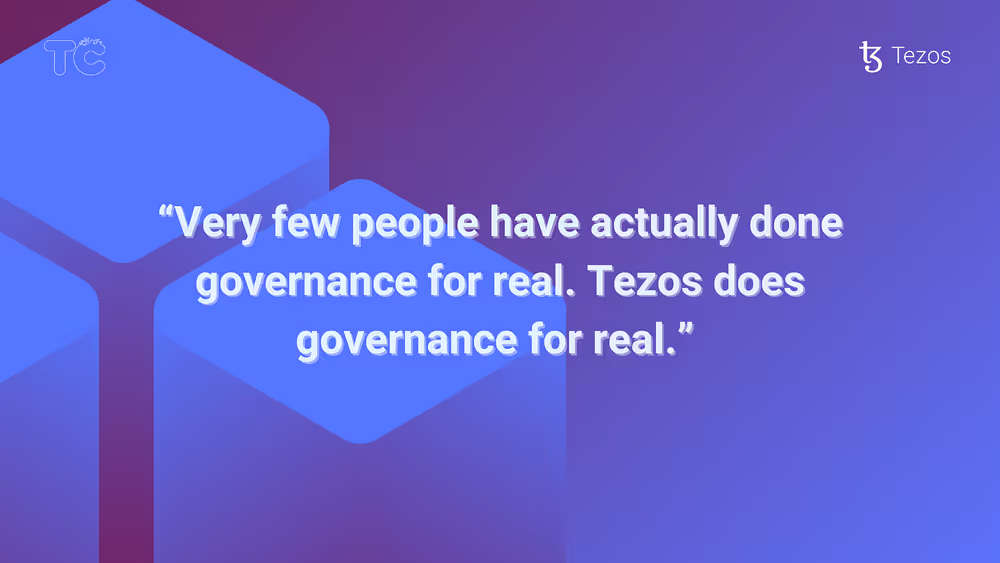
Let’s be honest: everyone says they have “governance” nowadays. But Arthur makes it clear that most of it is smoke and mirrors.
For Tezos, governance was the whole point from day one. Back in 2014, Arthur realized that if you couldn’t upgrade and adapt inside the network itself, you were basically stuck. Most blockchains either fake it or patch things later with drama and forks.
That’s why Tezos upgrades happen seamlessly and why it keeps evolving without splitting communities apart. It’s not flashy, but it’s real. And real governance? It might just be Tezos’ ultimate superpower.
2. Etherlink and Tezos X: Playing the Short Game and the Long Game #
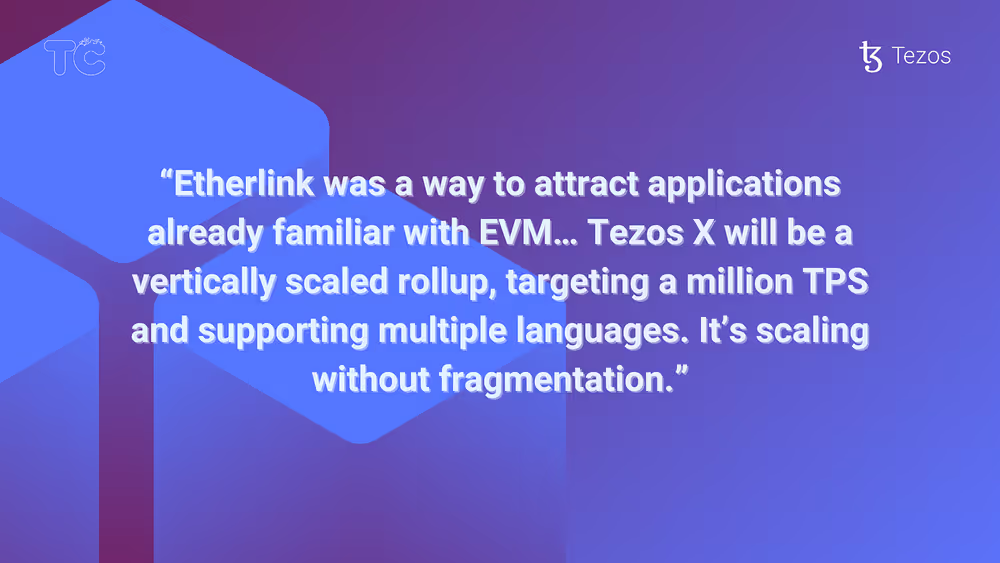
caling blockchains is tough. Some projects chase quick fixes. Others dream big but forget to actually ship. Arthur laid out how Tezos is doing something smarter, starting small but thinking huge.
Etherlink, Tezos’ EVM-compatible rollup, is the first big milestone in the broader Tezos X vision. It’s here to attract developers today, giving them an easy way to deploy EVM-based apps while paving the way for a much bigger upgrade: a vertically scaled, high-throughput rollup targeting a million transactions per second, with support for multiple developer languages like JavaScript, Python, and more.
So Etherlink is the opening move, and Tezos X is the bold future it’s building toward. Instead of fragmented, messy scaling (like 50 different rollups fighting for attention), Tezos is aiming for something unified, efficient, and actually user-friendly.
3. Etherlink Isn’t Playing the Same Layer-2 Games #
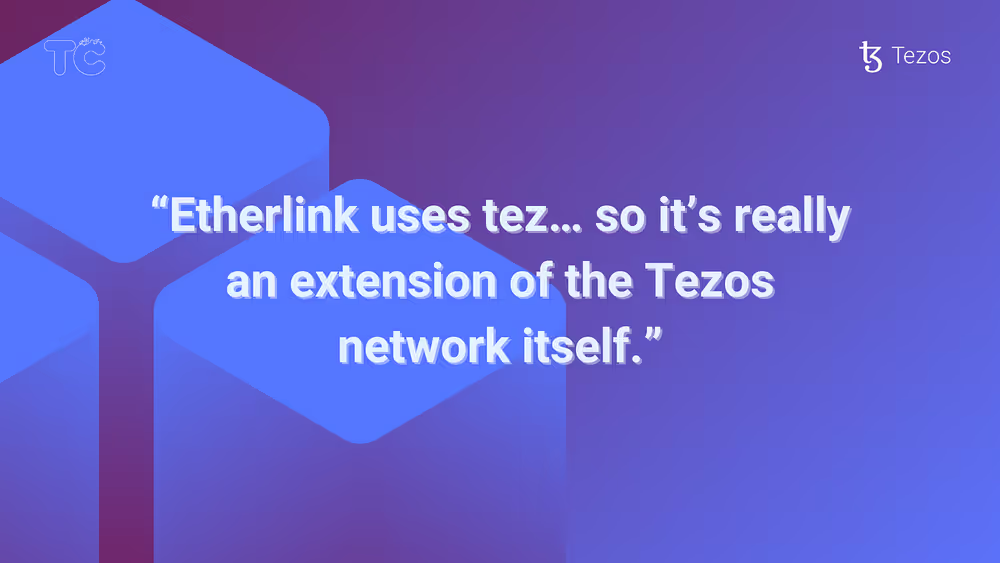
Arthur didn’t hold back when talking about the wave of layer-2 projects flooding the space. Most follow the same tired formula: launch a new token, throw huge incentives at liquidity providers, and hope something sticks, usually leading to a quick spike in activity that fades just as fast.
Etherlink is taking a different path. Instead of launching a competing token, it uses tez (XTZ) directly, keeping it fully aligned with the Tezos ecosystem and adding value to it instead of extracting it.
And when it comes to incentives, it’s not about spraying rewards everywhere. Arthur explained how Etherlink’s strategy is focused: offering targeted incentives, concentrating liquidity around strong asset pairs, and avoiding the shallow “TVL wars” that dominate elsewhere.
In short, Etherlink isn’t chasing short-term numbers. It’s about strengthening the Tezos network itself, with careful moves that build real, lasting value.
4. Tokenizing Uranium Might Sound Crazy — But It’s #
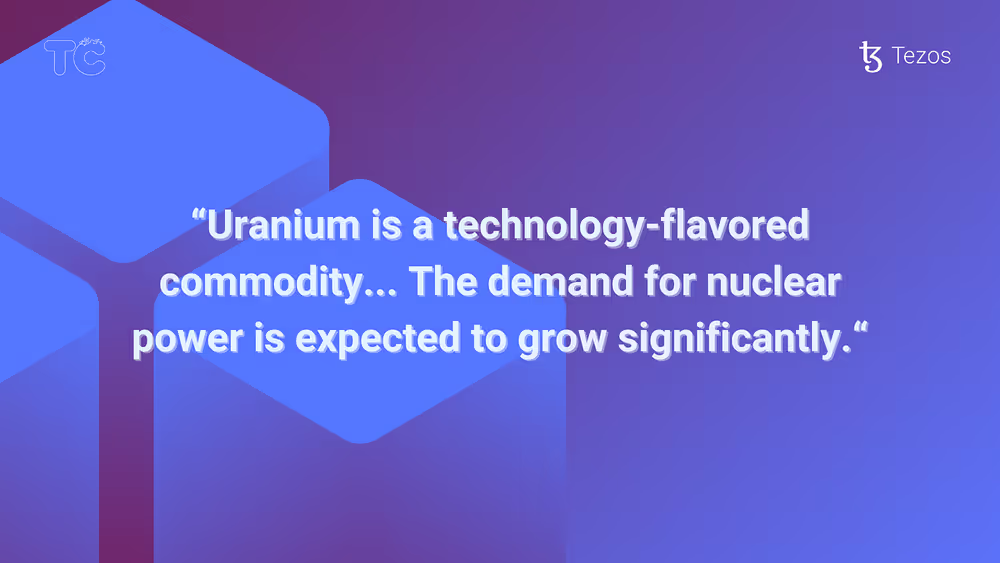
Most RWA (real-world asset) tokenization talks sound the same, tokenized gold, tokenized real estate, the usual suspects. Arthur saw a much smarter opportunity: uranium.
It’s huge, hard to access, and becoming way more important thanks to rising energy demands and the shift toward nuclear power. Plus, uranium is basically a “technology-flavored commodity”, a perfect match for the kind of audience that already understands blockchain and crypto.
In other words, instead of chasing crowded markets, Tezos is tapping into something big, fresh, and actually useful.
5. Crypto’s Problem? Too Much Money, Not Enough Meaning #
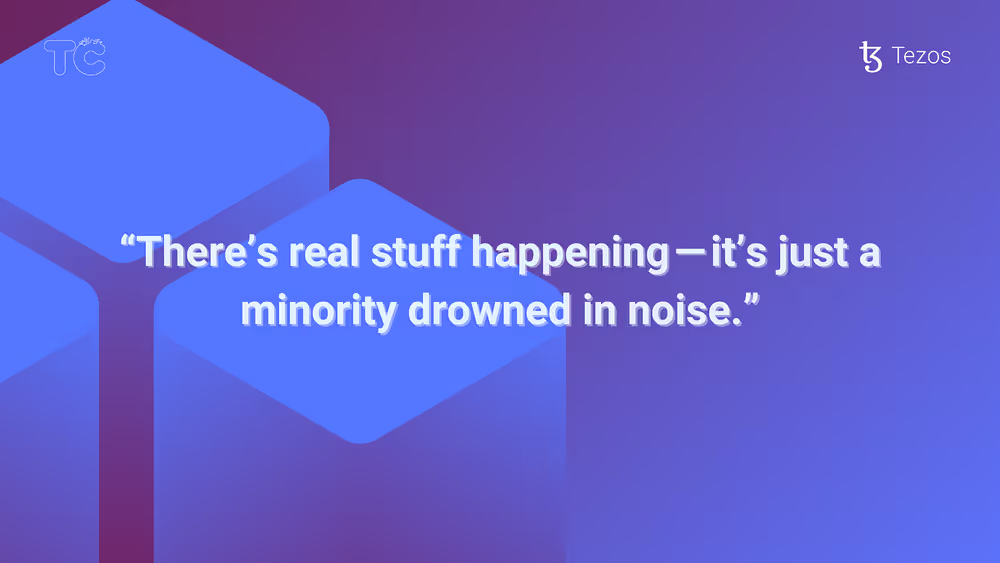
Arthur’s take on the state of blockchain right now is brutally honest and pretty refreshing.
There’s too much cash flying around and not enough real value being built. But he’s not all doom and gloom. Arthur points out that while 90% of the space is noise, there’s still real stuff happening, especially on Tezos. Art, stablecoins, gaming. Actual communities doing actual things.
Instead of chasing trends or endless token launches, Tezos is sticking to building things people might actually use. In an environment dominated by short attention spans and fast money, this slower, deliberate approach might just prove to be Tezos’ strongest advantage.
Wrapping Up: Tezos’ Future? Triumphant! #
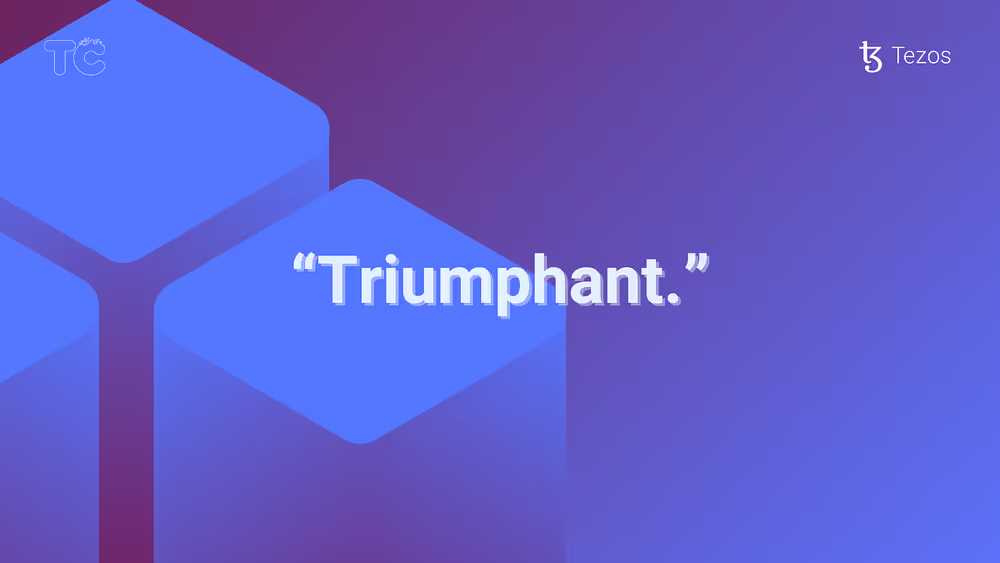
At the end of the interview, Arthur was asked to sum up where he sees Tezos heading in five years. His answer was simple yet very powerful:
“Triumphant.”
It’s not said with bravado. It’s the kind of quiet confidence you only get when you’ve spent years doing the hard, unsexy work, building a blockchain that can evolve, scale, and actually serve people, not just headlines.
If you’re even a little bit curious about where Tezos is going, or if you just want to hear someone actually thinking long-term about blockchain, go read or watch the full interview. Trust me, it’s time well spent.